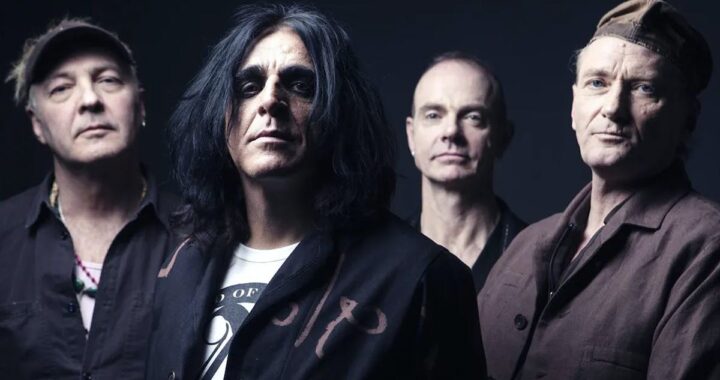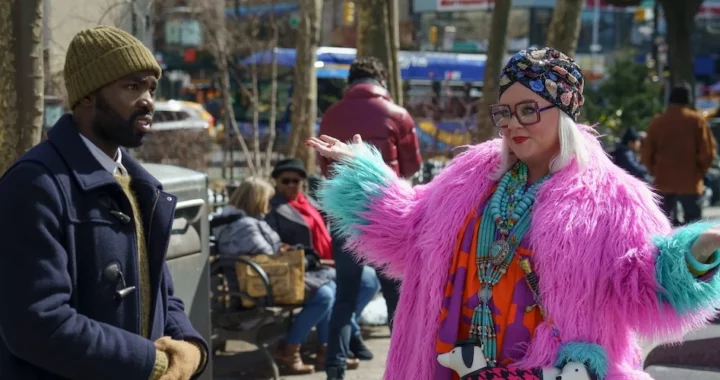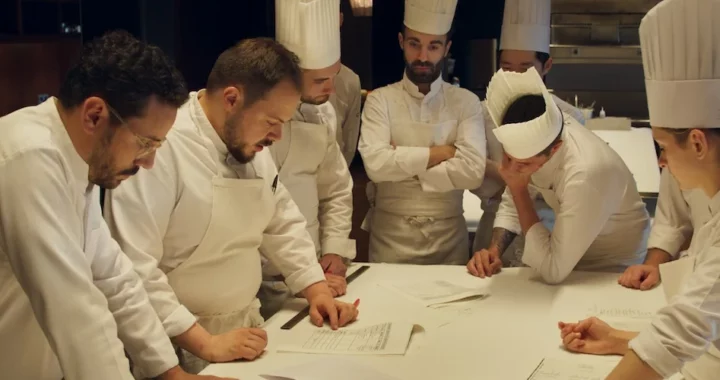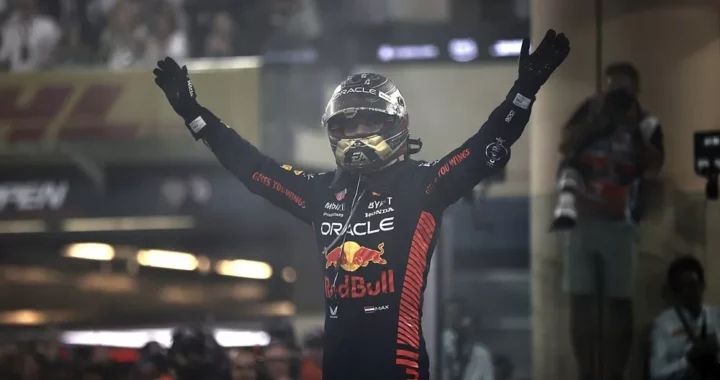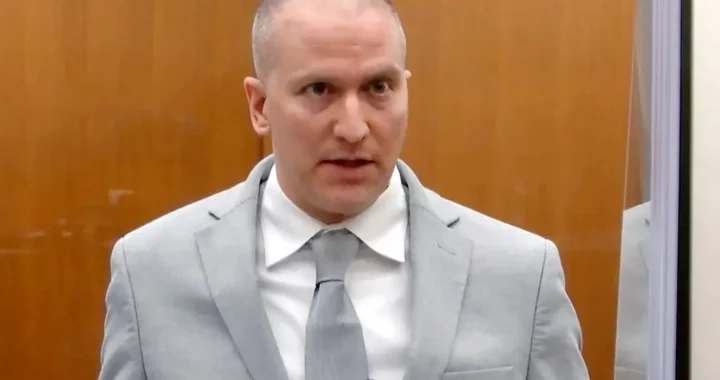Michael Gambon, Iconic Dumbledore Actor, Dies at 82

Michael Gambon: A Remarkable Career and Enigmatic Persona
Following his notable achievements in 1970s London, he proceeded to portray a diverse array of characters, encompassing Edward VII, Oscar Wilde, and Winston Churchill.
Michael Gambon, the accomplished Irish-born actor, revered by audiences and fellow performers alike for his remarkable contributions to both stage and screen, and celebrated worldwide for his portrayal of the resolute yet benevolent Hogwarts headmaster Angus Dumbledore in the “Harry Potter” film series, passed away on Wednesday night at the age of 82.
Mr. Gambon’s family confirmed his passing in a succinct statement released on Thursday through a public relations agency. The statement conveyed, “Michael peacefully departed in the hospital, with his wife, Anne, and son Fergus by his side, after battling pneumonia.” It did not specify the hospital where he breathed his last.
The turning point in Mr. Gambon’s career, earning him the esteemed title of “the great Gambon” as dubbed by actor Ralph Richardson, was his remarkable performance in Bertolt Brecht’s “Life of Galileo” at London’s National Theater in 1980. Although he had previously enjoyed moderate success, particularly in works by playwrights such as Alan Ayckbourn and Harold Pinter.
Peter Hall, who served as the National Theater’s artistic director at the time, characterized Mr. Gambon (pronounced GAM-bonn) as “unromantic, perilous, and immensely commanding.” In his autobiography, Hall recounted his efforts to persuade four prominent directors to cast him in the lead role, only to have them decline on the grounds that he wasn’t “star material” enough.
When John Dexter accepted the role as director for a production that Mr. Gambon would later characterize as the most challenging he had ever undertaken, the amalgamation of volcanic energy and tenderness, sensuality, and intelligence he infused into his portrayal left an indelible impression. In this role, where he aged from 40 to 75, Mr. Gambon not only garnered acclaim from critics but also earned the admiration of his fellow actors.
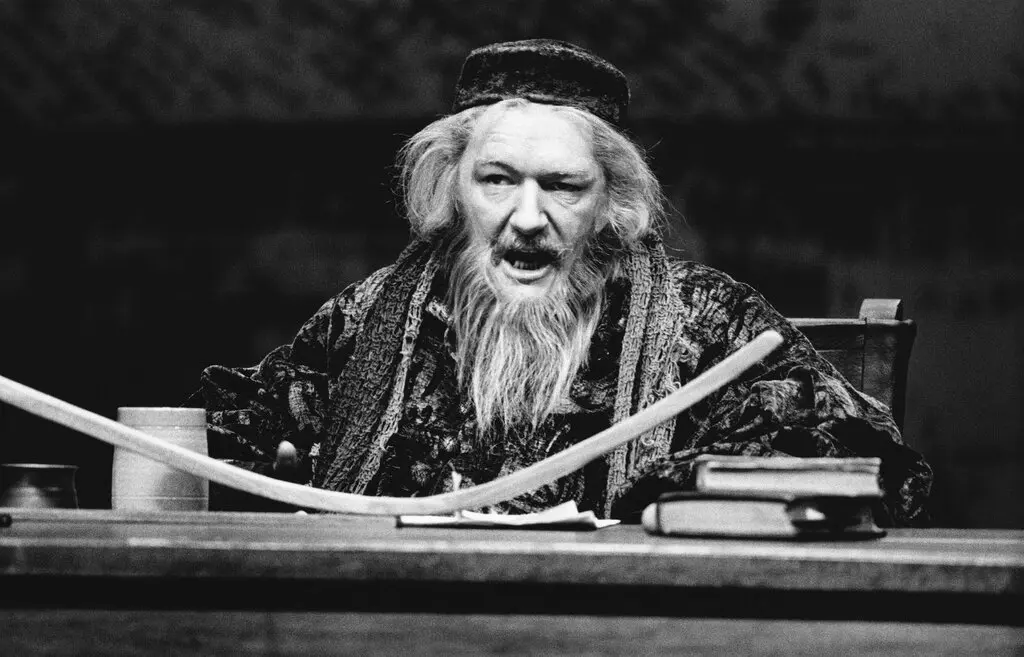
Recalling the memorable moments, Mr. Hall remarked that the dressing-room windows at the National, with their view onto a courtyard, became the stage for a unique tribute after the premiere night. Actors in various stages of undress leaned out, applauding Mr. Gambon in a display of admiration.
This exceptional performance earned Mr. Gambon a nomination for Best Actor at the Olivier Awards. In 1987, he clinched the award for his portrayal of Eddie Carbone in Arthur Miller’s “A View From the Bridge” at the National Theater. Once again, it was his remarkable blend of vulnerability and raw intensity that left a profound impact on audiences. Arthur Miller himself declared Mr. Gambon’s rendition of the embattled longshoreman as the finest he had ever witnessed, and Alan Ayckbourn, who directed the production, marveled at Mr. Gambon’s awe-inspiring talent.
Ayckbourn shared a poignant memory, stating, “One day, he simply stood in the rehearsal room and burst into tears – no turning away from the audience, no hands shielding his face. He just stood there and wept like a child. It was heart-rending. And his portrayal of anger was equally impressive, bordering on intimidating.”
Michael John Gambon was born in Dublin on October 19, 1940. He acquired dual British and Irish citizenship when he, along with his seamstress mother, Mary, relocated to London to join his father, Edward, who worked as an engineer involved in the post-World War II reconstruction efforts after the city had suffered severe bombings in 1945.
Admitting to being a dreamy student, he often found himself lost in daydreams of assuming different personas. He departed from school without any qualifications or knowledge to his name. The family’s move from North London to Kent led him to become an apprentice toolmaker at Vickers-Armstrongs, a company renowned for its production of Britain’s iconic Spitfire fighter planes.
In his teenage years, Mr. Gambon had never experienced the world of theater—he claimed he didn’t even know what a play was. However, his journey into the realm of acting began when he contributed to the construction of sets for an amateur dramatic society in Erith, Kent, which eventually led to him securing small roles on stage. Recalling this pivotal moment, he said, “I went vroom! I thought, Jesus, this is for me, I want to be an actor.” Subsequently, he joined the progressive Unity Theater in London, where he not only performed but also honed his improvisation skills at the Royal Court.
This newfound confidence prompted him to write to Micheal MacLiammoir and Hilton Edwards, the founders of the Gate Theater in Dublin. In his letter, he claimed to be a West End actor passing through the city on his way to New York. This audacious move resulted in an invitation, eventually leading to a role as the Second Gentleman in “Othello,” and then an offer to join Laurence Olivier’s newly established National Theater. According to Mr. Gambon, the theater was actively seeking robust six-footers like himself to portray spear carriers.
He initially took on several minor or non-speaking roles, with his most vivid memory being the line, “Madam, your carriage awaits,” delivered to Maggie Smith in a Restoration comedy. However, it was Olivier himself who advised him to seek more substantial roles in provincial theaters. He heeded this advice, notably modeling his portrayal of Othello in Birmingham in 1968 after the legendary rendition by Olivier, an actor Mr. Gambon confessed to regarding with “absolute awe.”
Mr. Gambon’s breakthrough in London occurred in 1974 when he took on the role of a dim-witted veterinary surgeon in Alan Ayckbourn’s trilogy, “The Norman Conquests.” One particular scene, where he perched on a child-sized chair so low that only half of his face remained visible, gained fame for the uproarious laughter it evoked. In fact, Mr. Gambon recalled witnessing a man who laughed so vigorously that he tumbled out of his seat and rolled down the aisle.
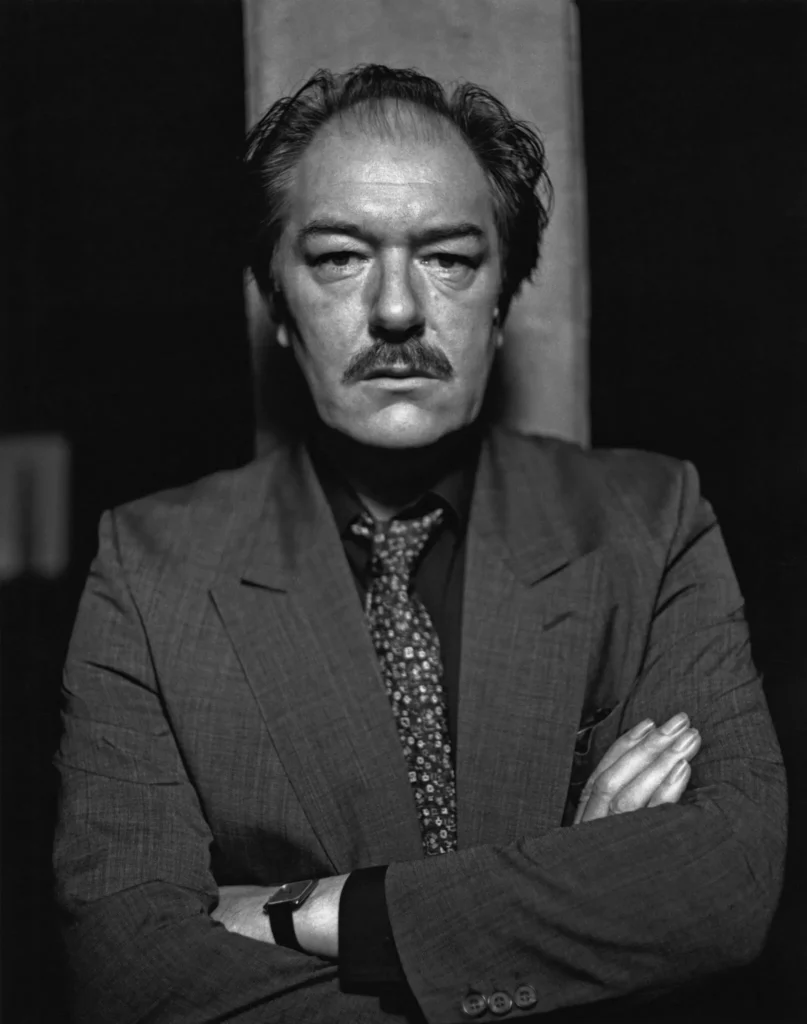
Mr. Gambon openly expressed his aversion to mirrors, describing his own face in unflattering terms, likening it to a crumpled plastic bag. His pronounced jowls and sturdy physique meant that he was seldom cast as Hamlet or any character possessing conventional heroism or conventional good looks. However, he earned universal acclaim for his exceptional versatility, with the remarkable ability to transform his appearance as needed. Despite being likened to a lumberjack, he displayed astonishing agility and nimbleness. One critic even compared him to a rhinoceros that could almost tap-dance.
In his performances, he introduced a paradoxical delicacy to numerous roles, including King Lear and Antony, which he portrayed simultaneously for the Royal Shakespeare Company. He also took on leading roles in Harold Pinter’s “Betrayal” and “Old Times,” embodied Ben Jonson’s Volpone at the National Theater, and portrayed the tormented restaurateur in David Hare’s “Skylight.” His portrayal of the latter role, which he carried from London to Broadway, earned him a Tony Award nomination for Best Actor in 1996.
While his fame in the United States initially stemmed from his role as the daydreaming invalid in Dennis Potter’s acclaimed 1986 mini-series, “The Singing Detective,” Mr. Gambon consistently affirmed that the theater held his deepest affection, and he longed for it when absent. Nevertheless, throughout his career, he remained a ubiquitous presence on both large and small screens.
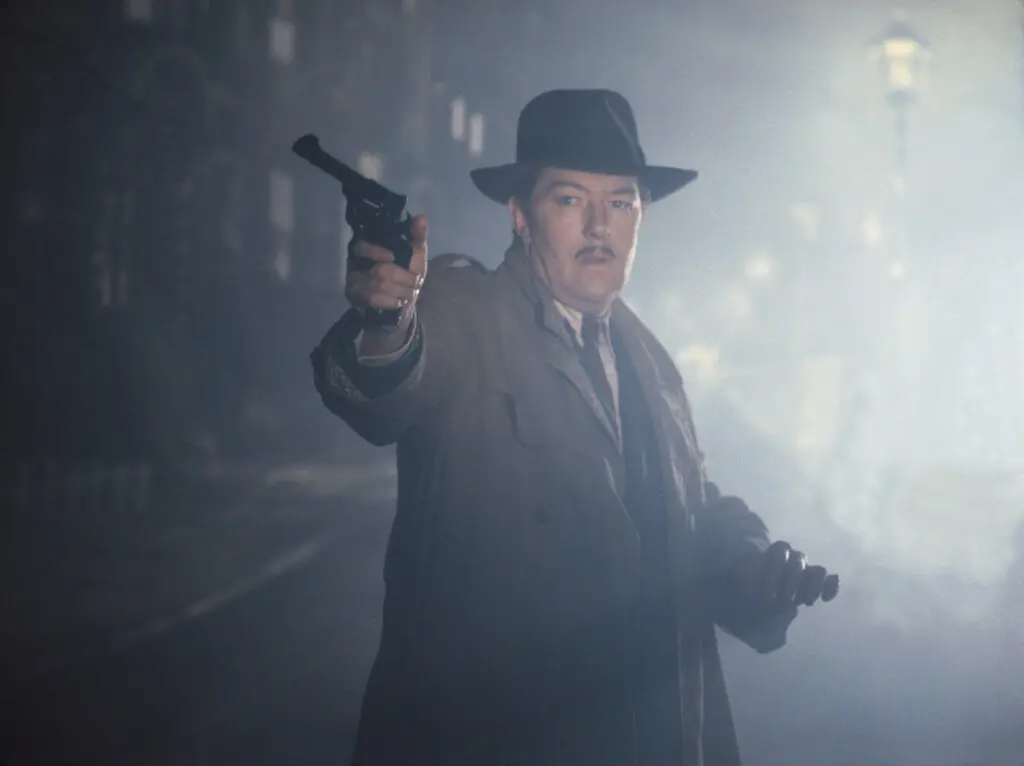
Between 1999 and 2001, he achieved a remarkable feat by securing consecutive best-actor BAFTA awards for his roles in “Wives and Daughters,” “Longitude,” and “Perfect Strangers.” His portrayal of Lyndon B. Johnson in the 2002 mini-series “Path to War” not only earned critical acclaim but also garnered an Emmy nomination. Additionally, his performance as Mr. Wodehouse in the 2009 adaptation of Jane Austen’s “Emma” earned him yet another Emmy nomination.
His television roles spanned a wide spectrum, from portraying Inspector Maigret to embodying Edward VII, Oscar Wilde, and Winston Churchill. In the world of film, he seamlessly transitioned between characters as disparate as Albert Spica, the coarse and brutal gangster in Peter Greenaway’s “The Cook, the Thief, His Wife & Her Lover,” and the benevolent Professor Dumbledore.
Mr. Gambon assumed the pivotal role of Dumbledore, a central figure in the Harry Potter series, following the passing of Richard Harris, who originally portrayed the character, in 2002. Reviewing “Harry Potter and the Prisoner of Azkaban,” the film in which he made his debut as Dumbledore, A.O. Scott of The New York Times noted that the movie, in addition to its remarkable special effects, was anchored by top-notch British acting and remarked that “Michael Gambon, as the wise headmaster Albus Dumbledore, has gracefully stepped into Richard Harris’s conical hat and flowing robes.” Mr. Gambon continued to embody Dumbledore throughout the entire series, culminating in “Harry Potter and the Deathly Hallows: Part 2,” released in 2011.
Despite the attention and acclaim these roles brought him, Mr. Gambon often downplayed his performances, characteristically responding to interviewers’ inquiries about acting with a simple statement: “I just do it.” However, in reality, he approached his roles with meticulous preparation. He absorbed scripts thoroughly and utilized rehearsals to refine and enrich his understanding of his characters.
“I’m very physical,” he once explained. “I want to know how the person looks, what his hair is like, the way he walks, the way he stands and sits, how he sounds, his rhythms, how he dresses, his shoes. The way your feet feel on the stage is important.” Gradually and deliberately, Mr. Gambon would delve deeper into the essence of a character, relying on intuition to breathe life into them on stage.
Although not strictly a Method actor, Mr. Gambon occasionally drew upon personal memories to tap into intense emotions when required. He found it relatively easy to evoke tears on stage, sometimes by recollecting the iconic photograph of a naked Vietnamese girl fleeing a napalm attack. Acting, he professed, was a compulsion—a journey of hard work, heartache, and misery, all for the precious moments of sheer joy it brought.
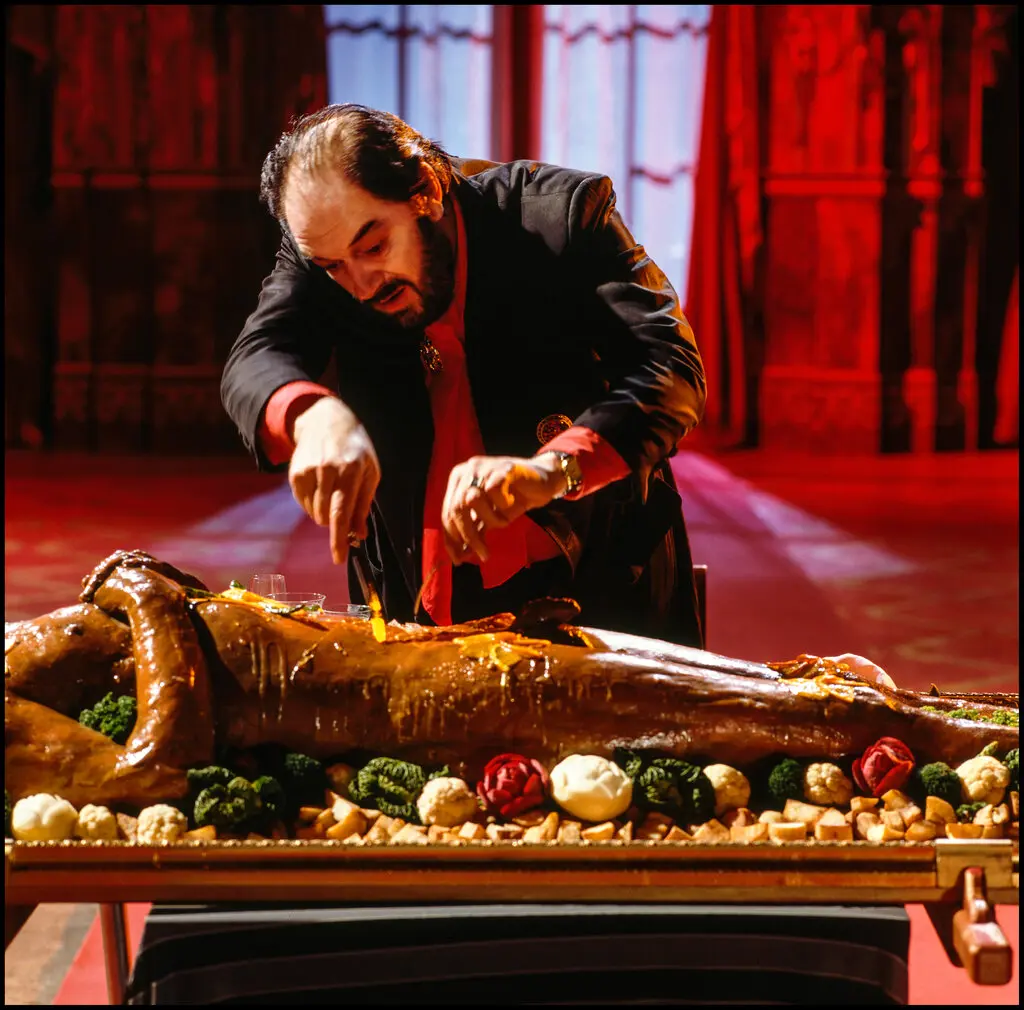
In person, Mr. Gambon remained enigmatic, asserting that his existence revolved solely around his acting, and he harbored a deep aversion to the notions of celebrity and even popularity. He steadfastly refused to divulge any details about his private life to interviewers, though it is public knowledge that he married Anne Miller at the age of 22, and together they had a son, Fergus, who both survive him. It is believed that they maintained amicable relations even after Mr. Gambon had two other sons, Tom and William, with the set designer Philippa Hart.
In recognition of his contributions to the arts, he received a knighthood in 1998.
His early experience as an engineering apprentice left him with an enduring fascination for the inner workings of mechanical devices, including clocks, vintage watches, and particularly antique firearms, of which he possessed numerous examples. He also derived great pleasure from fast cars; he made a memorable appearance on the television show “Top Gear” where his reckless driving was so audacious that a section of the track he navigated on two wheels was subsequently christened Gambon Corner.
Mr. Gambon developed a reputation for mischievous antics both on and off the stage. As a qualified pilot, he once promised to cure a fellow actor of his fear of flying by taking him on a flight, only to feign a heart attack mid-flight, causing panic. He also had a memorable moment in a production of “Othello” when, in character, he forcefully dunked Iago’s head into a fountain, exclaiming, “Shampoo and set, shampoo and set!” Yet the emotional intensity of the performance was so powerful that the audience reportedly didn’t notice the deviation from the script.
“I’m actually serious about my work,” Mr. Gambon once asserted. However, much of his illustrious career on the stage came to a premature end after his portrayal of a cunning, inebriated Falstaff at the National Theater in 2005, followed by his role as the alcoholic Hirst in Pinter’s “No Man’s Land” in 2008. Struggling with panic attacks and memory lapses during rehearsals for his part as W.H. Auden in Alan Bennett’s “The Habit of Art” in 2009, he was twice hospitalized before ultimately withdrawing from the production. His difficulty in recalling lines became increasingly problematic. After his performance as the non-speaking title character in Samuel Beckett’s “Eh Joe” in 2013, he announced his retirement from the stage.
Although he continued to grace screens in film and television, with notable roles like the ailing title character in “Churchill’s Secret” in 2016, his departure from the theater left him with a profound sense of loss.
“It’s a painful admission,” he reflected. “But I can’t do it anymore. And it breaks my heart.”
By: M Z Hossain, Editor Sky Buzz Feed
